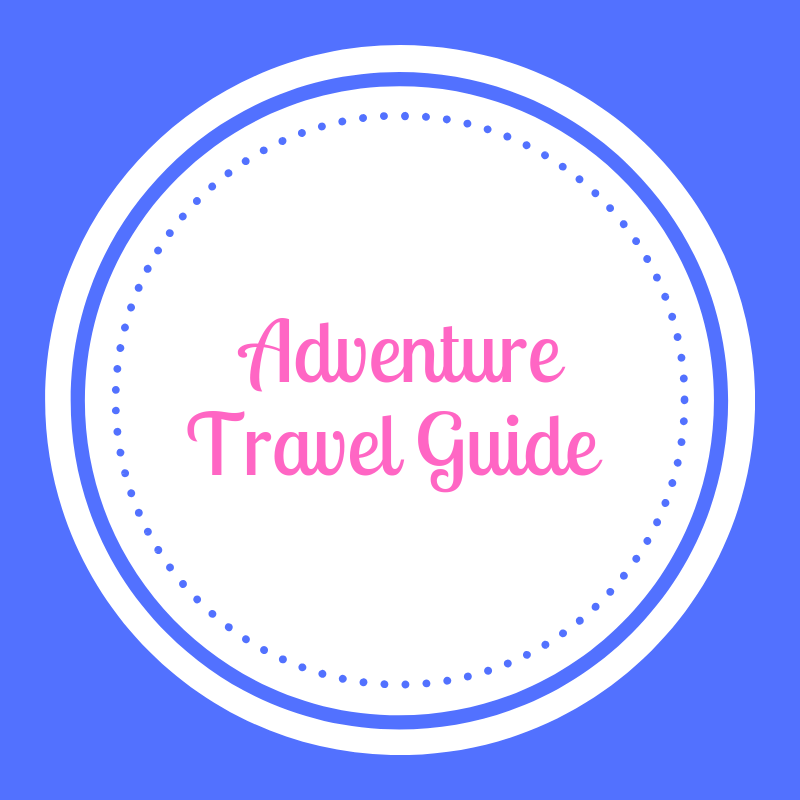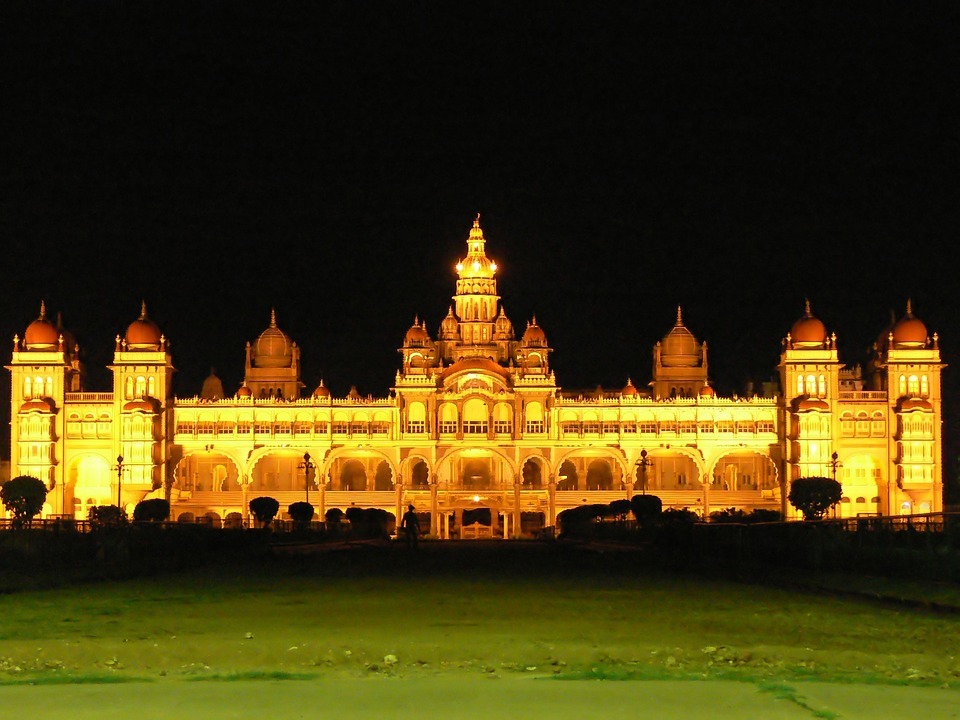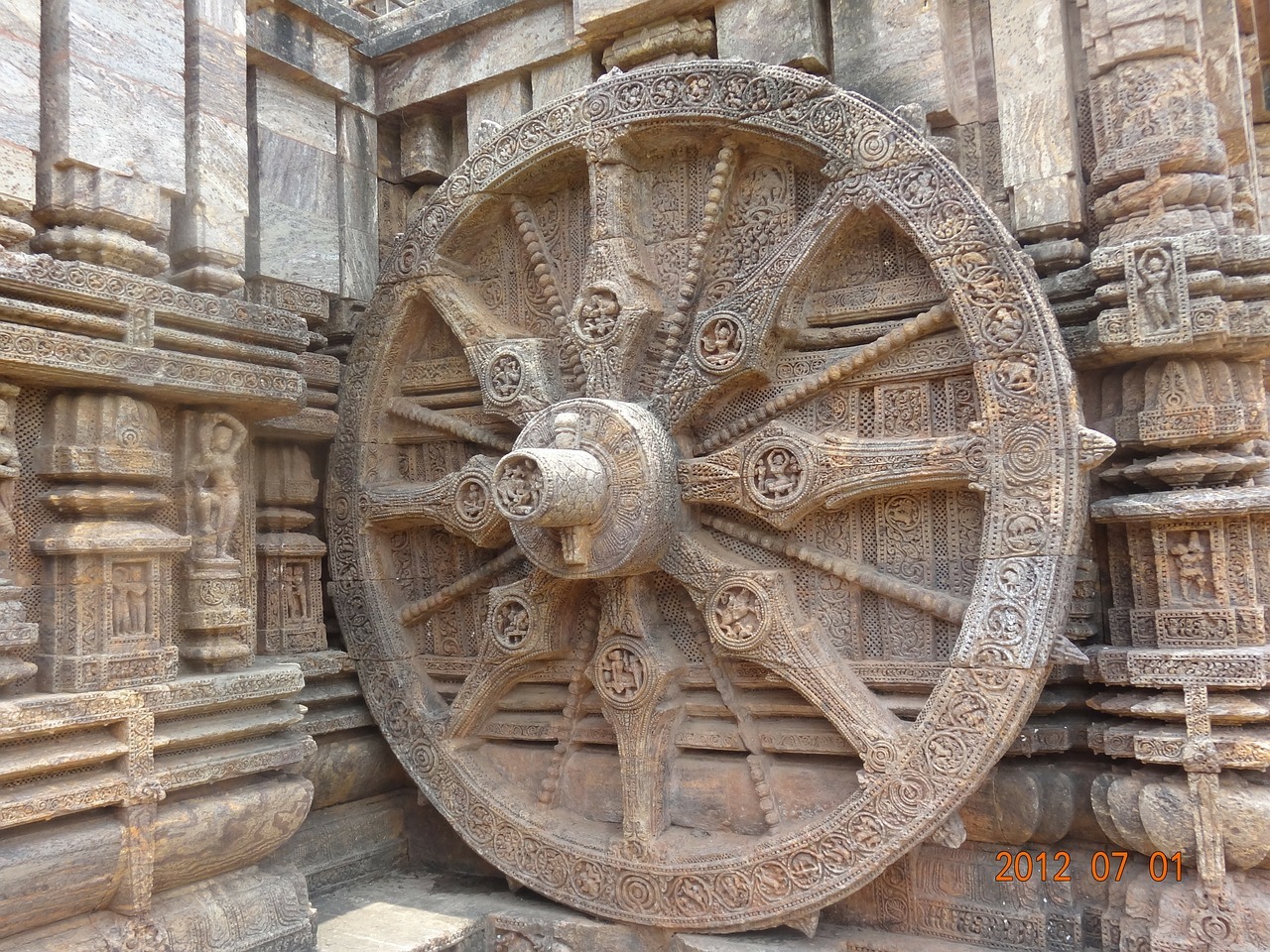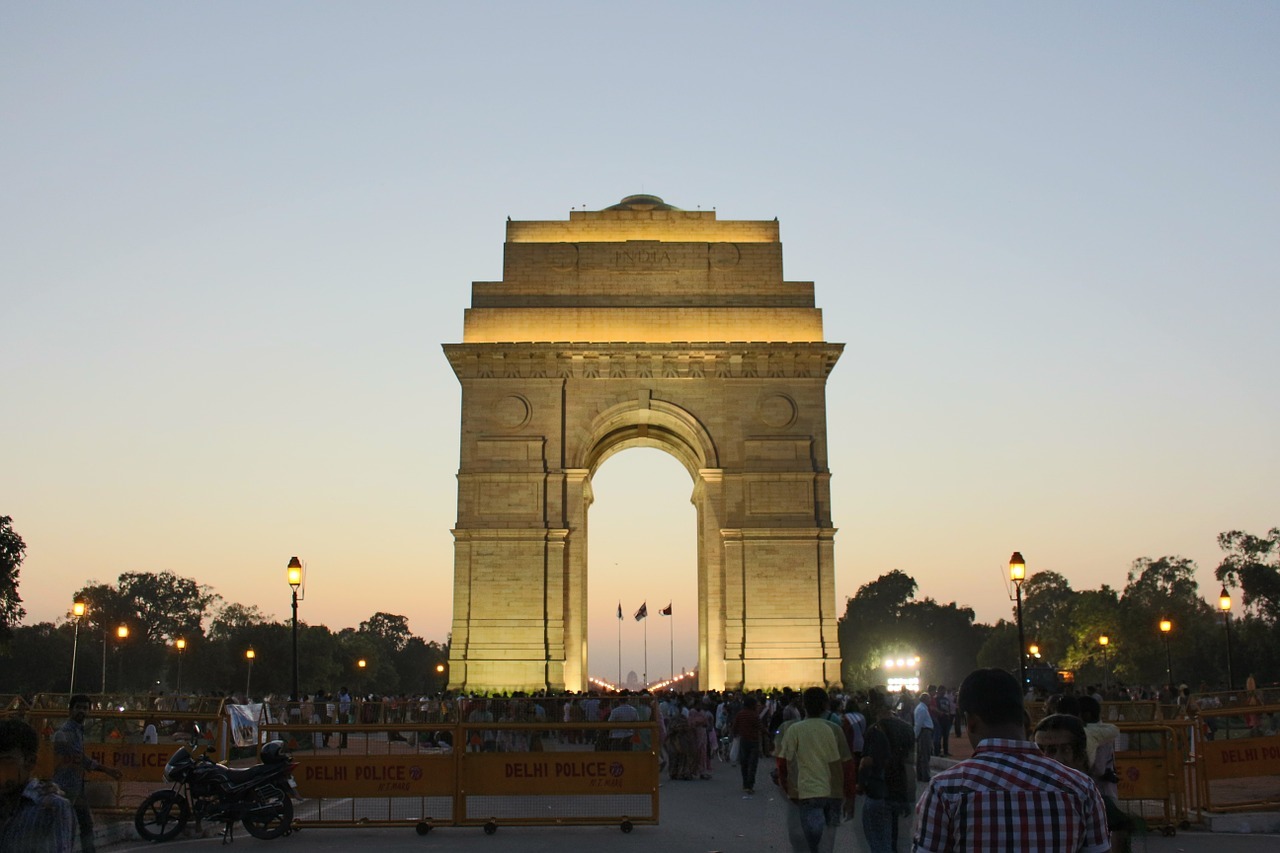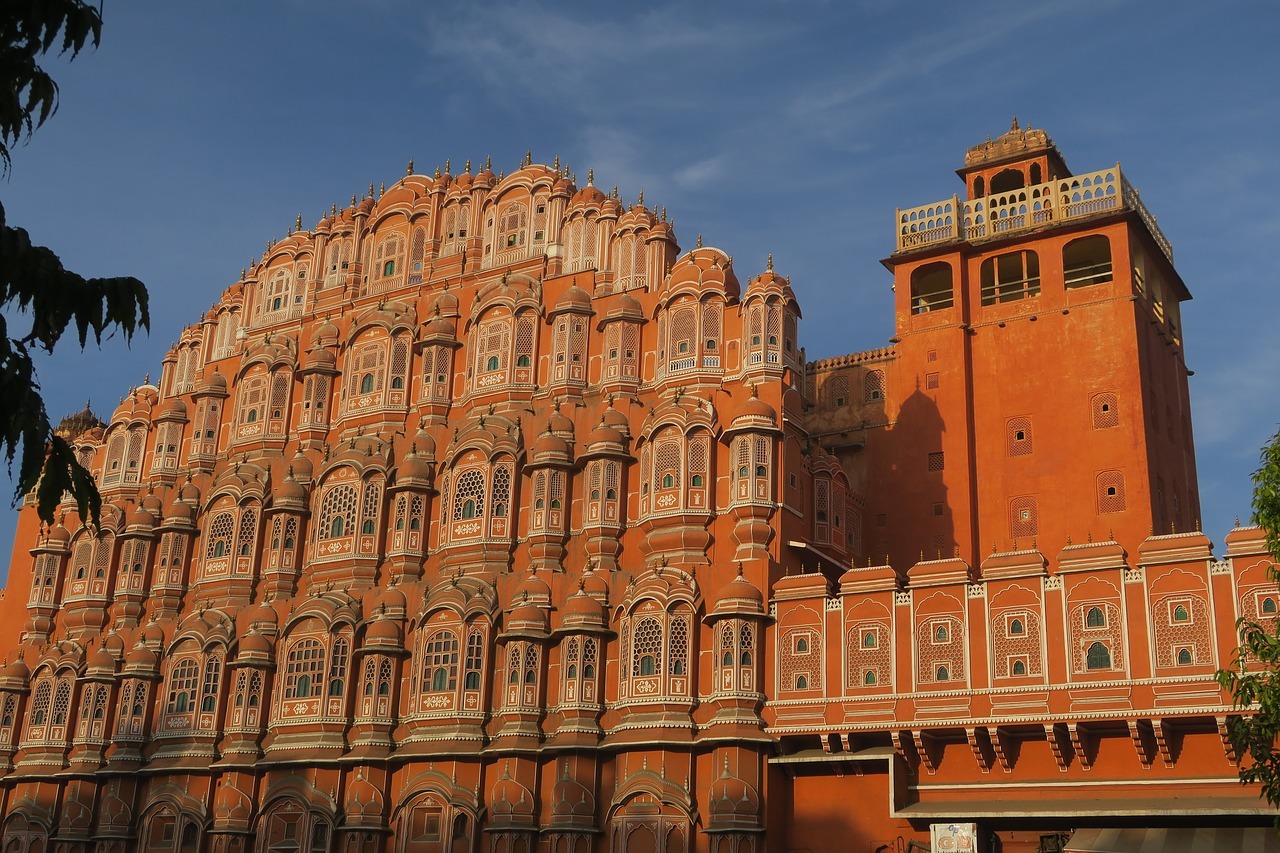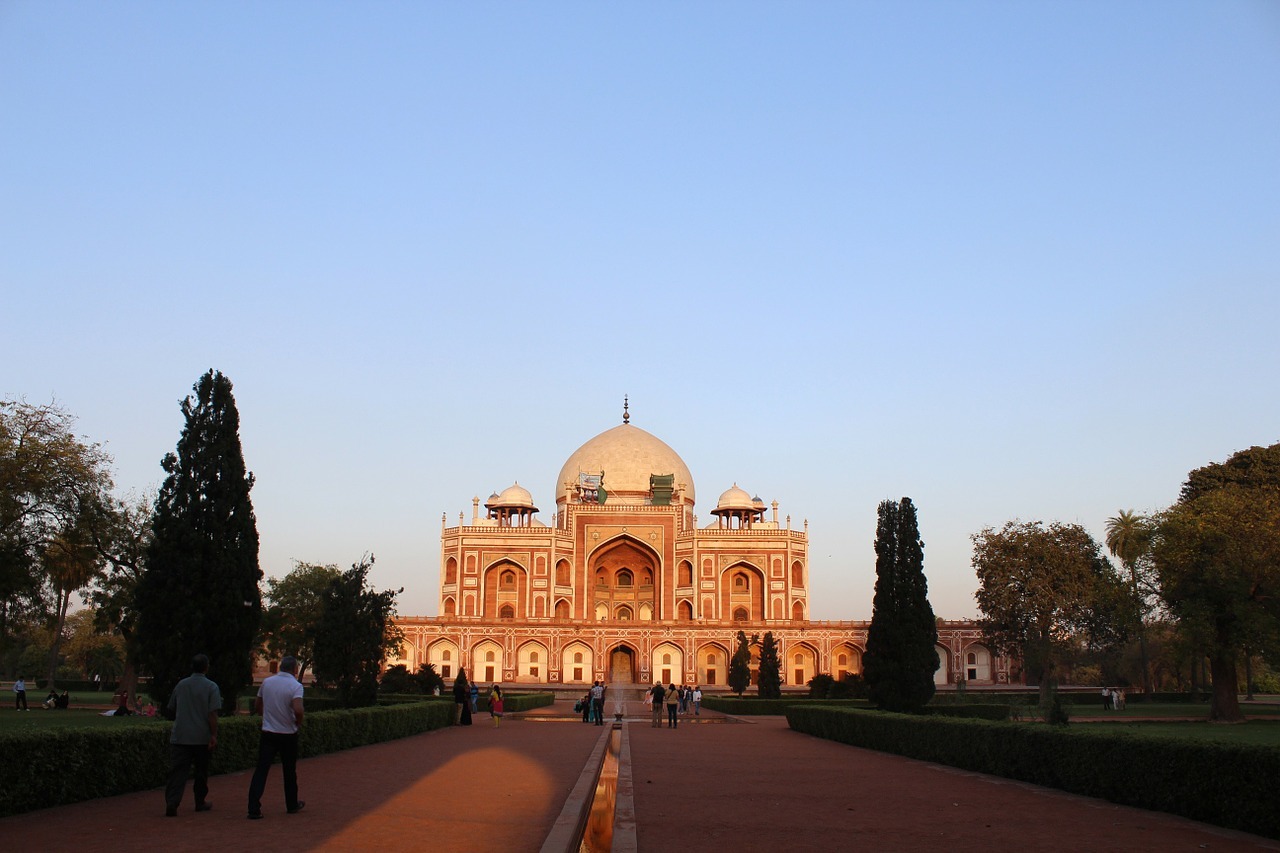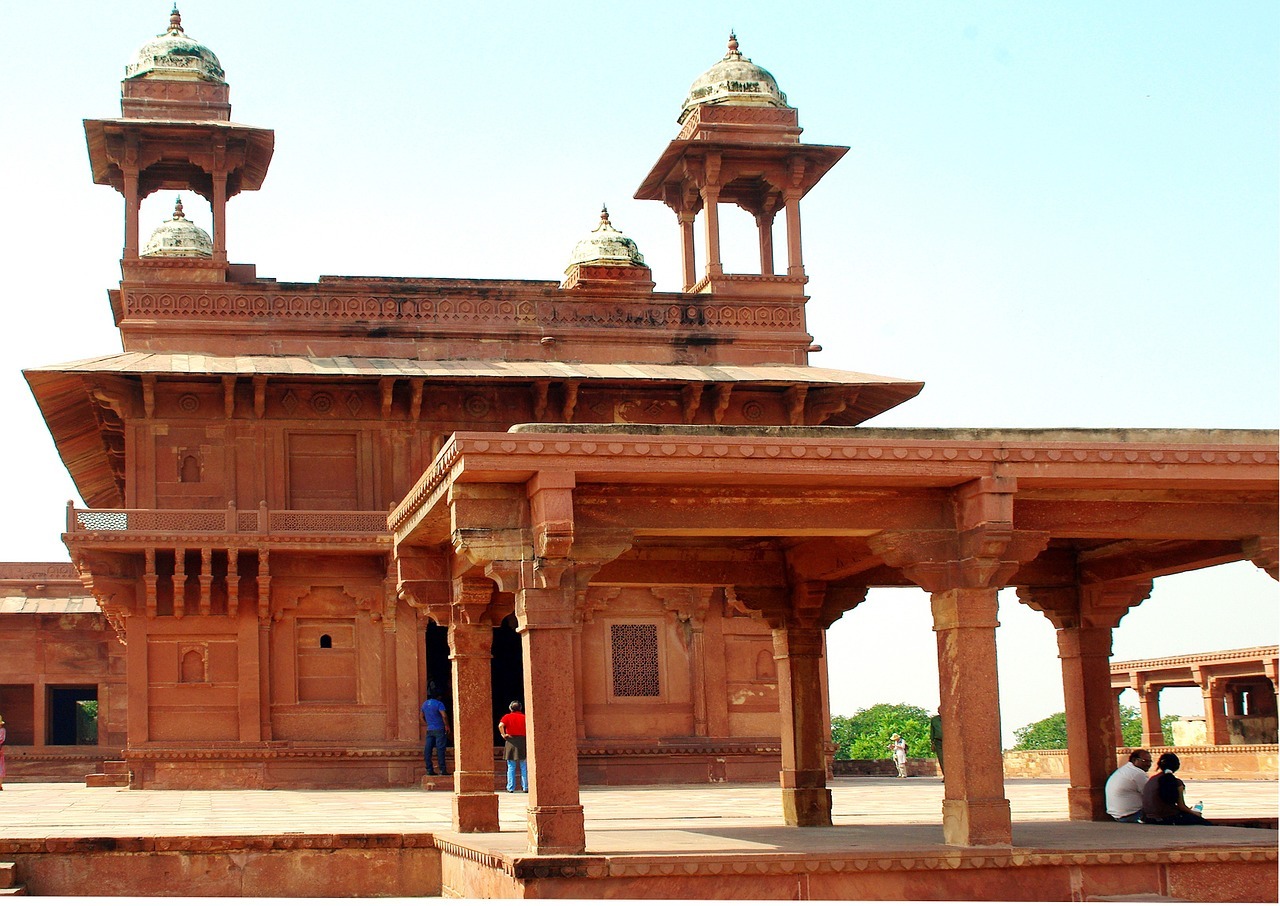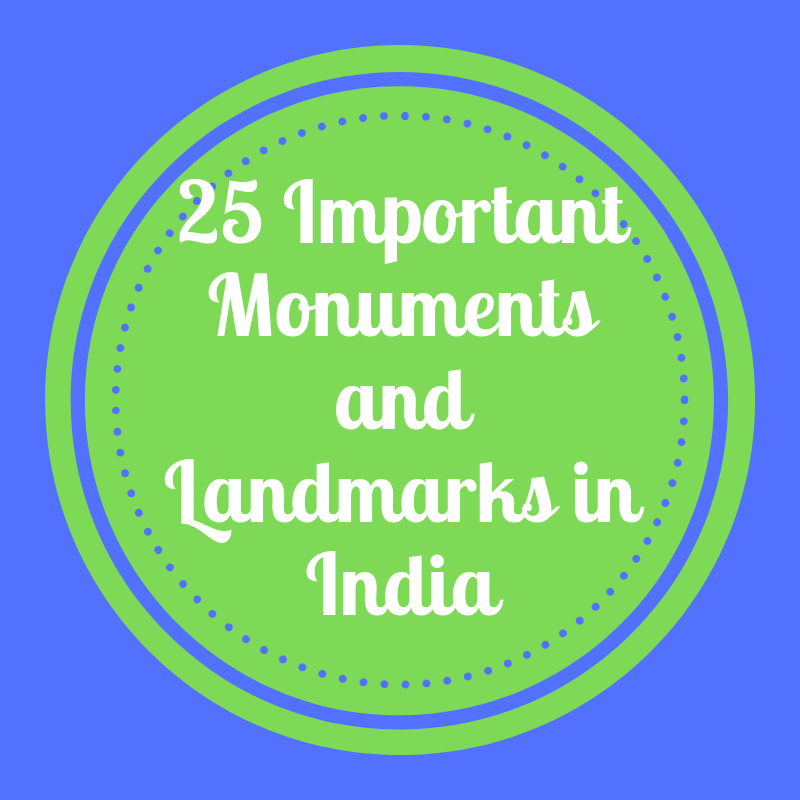Total Page Visits: 4340
Adventure Travel
Adventure tourism is described as a form of tourism where tourists engage in a variety of activities such a physical activity, activities in nature or cultural exchanges. It is not a must for all activities to create an adrenaline rush like diving with sharks since there are either numerous activities that can be done and still be exciting for those who are not up for the thrill.
Adventure tourism is far from being risky but is all about trying to connect with new cultures, landscapes you are not used to and also enhancing your physical activity. There are various types of activities to do on this adventure and also, numerous risks involved. Let us see more about this.
Types of adventure
1. Safari
Safari refers to an expedition in the wild of Africa. The journey includes game viewing and admiring birds in the wild. In addition to this, you get to experience the local African cultures, visit historical sights and sightseeing and participating in adventure and outdoor activities. If you are a safari traveler, then expect numerous hair-raising destinations.
2. Trekking
So much of this world can only be reached by mountain trails and jagged footpath. Regardless of your expertise in climbing, breathtaking trails in this world are begging for your boot prints. If you don’t think climbing is a good option for you, you can simply dip your toes in the water and enjoy the scenic views.
3. Yoga
Yoga can also be categorized as a type of adventure. Even though most adventures involve challenges, one of the most challenging adventures can be ignited from within. Yoga programs are a great way of exploring not only yourself but also your destination.
4. Free Falling
Most people picture liken bungee jumping and sky diving to free falling. Even though all are a part of adventure tourism, free falling is specifically designed to make you feel the same adrenaline rush the other falls give but less risk is involved. If you are a person who is not too adventurous, then you can try this out.
5. Summer camps
This is definitely one of the best sources of wonderful and ridiculous adventures that can be passed on to several generations for years. For those who are up for a new experience in the woods, be assured that going for a summer camp will give you knowledge on how to craft with natural materials and you will go for group hikes.
There are numerous types of adventure tours that you can go to and enjoy. However, what is the activities that go on in these tours? Depending on your destination, the activities vary. As an example, in places with snow, dogsledding can be a fun activity. Places with mountains and glaciers call for mountaineering and places with water bodies that have fast rapids allow for rafting. You have the option of choosing an activity that suits you and if you are up for a memorable tour, choose an activity that you have not tried before. In this case, let us consider 4 well-known activities to take on an adventure tour.
Activities on an adventure tour
1. Swimming with sharks and dolphins
Swimming with dolphins is something everyone would want to because dolphins are very friendly. The satisfaction level most humans get can be able to relieve humans off most anxieties. However, what about swimming with sharks? This is surely an adrenaline pumping activity to prove your bravery. Safety measures are taken to ensure that the sharks will not be able to harm the cage that you are safely in.
2. Skydiving
This is one of the best ways to enjoy the view of a place. As the parachute unfolds, you will be able to soar over the coast of beachside or get a perfect view of an ocean if that is your destination.
3. Exotic car racing and driving
What an exciting experience it would be for speed freaks to tear up the tarmac in a car of their dreams and do it legally. At affordable prices, various sports cars are hired and once can take on this hair-raising velocity adventure. This is common in Las Vegas and Orlando in the USA.
4. Exploring outdoors
Apart from engaging in physical activities in order to enjoy your tour, one of the best ways to do this is by simply exploring what nature has to offer. The Grand Canyon is a magnificent view and simply walking around its rim can be an adventure in itself. Visits to national parks and exploring the falls, and even caves in such parks is a remarkable gift. You can also explore the Thai forest on an elephant’s back where the elephant will march through the streams and the heart of the rainforest. What a beautiful site!
It may seem fun to participate in all these activities. The 4 mentioned above are just but a drop in the ocean of things to do while on an adventure tour. However, it is more realistic to keep in mind that there are risks involved in such outdoor activities. Let us consider some common risks you should know.
Risks
Many unpredictable events occurring during an adventure are either caused by humans or the weather. Being unpredictable, it would be impossible to remove them, therefore, it will be prudent to try to minimize our exposure to them. One of the ways to do this is by asking yourself 3 basic questions.
-
Am I aware of the risks involved?
-
Am I prepared for the risks?
-
Am I healthy and fit for the trip before me?
Proper planning will enable you to get knowledge on the hazard common in your destination since risks with destinations also vary. You will also work to develop your strength and durability so that you don’t get sick during a hike. From research, you will know how to deal with animals you find on the way for example, if a bear showed up, would you run or stand still. What if a snake you, what would you do? If you lose your trail on a hike, what would you do to get back to the group?
Questions To Ask Yourself Before Booking An Adventure Trip
At some point in a person’s life, there is a desire to travel. For some, it may be just a week of holiday in a warmer place to do some fun activity or simply to top up their tan. Others may decide on taking a life-changing trip for a year or more. Whatever the case, each person has his or her own reasons for traveling. However, most people and adventurously peripatetic. Because of this, it is important for each person to get to know some crucial details, and not get carried away by the fun and the bucket list tasks to accomplish, before booking for such a trip. Let us consider 7 questions you should ask yourself before booking the trip.
1. Can I speak directly with the representative of the tour company?
This should be the first question you should ask yourself. With technological developments, it is easier to book travel arrangements online. However, making a more personal approach is a better option. In such a setup, a good tour company will give you an opportunity to ask all the questions you would like to know. A good question to ask during this meetup is what the weather will be like. Such information will enable you to make the necessary clothing arrangements and readjust your schedule of events if the weather information given is not suitable for your planning. Other than this it is crucial for you to make a follow up on that by observing the fluctuations in the weather pattern online several weeks prior to the trip
2. Am I comfortable being on my own?
Some trekkers prefer doing tougher treks alone. However, this can be a challenge because not only do you have to manage your own logistics but you also have to carry your own gear and cook for yourself in the campsite that you have pitched on your own. If this is not something you would like to do, book a guided trip with a small group. It would also be wise to consider hiring a local guide who speaks the language of the area you are visiting or opt to go with an employed and trained guard of the tour company who will likely adhere the company’s standards. For those who choose to go with the latter, inquire about the language proficiency of the guide in addition to the training level and certifications.
3. What Is My Fitness Level?
Any person in good health can prepare for an adventure if they are consistent in training and give themselves enough time for this. Cramming a last-minute training before the trip is very dangerous. It is crucial to avoid the assumption that because you have been regular at training, then you are in shape for a trek because 3 hours of climbing a steep and rugged terrain are totally different from 3 hours on a treadmill. Therefore, be smart during exercise. A combination of endurance and resistance such as trying out a backpack with weights on the trail instead of walking on a treadmill if you want to hike in your trip. Such skills will ensure your strength during the trip.
4. Are you willing to pay for more luxury?
Normally, different tour companies offer different prices based on the number of services they do for you compared to those which you do for yourself. The money paid to the tour companies will not cater to your needs if you, for example, need to have someone transport your luggage to after a tedious day of hiking. It is therefore wise to have something more than what you paid to the organization. However, carrying money is also challenging. Research on the best way to do this. Would you prefer to use a dummy to confuse pickpockets, adapt to the local money culture or seek money alternatives such as using a multi-use ticket instead of cash or credit card transactions in a high-traffic setting like the metro stations?
5. What are the visa requirements?
Applying for visas is one of the most hectic things you can go through as a traveler. Applying for visas by yourself is time-consuming, expensive and tedious. It can be more difficult if you stay in an area far from the embassy of the country you plan on visiting. Some tour companies can help you apply for a visa at a certain fee which is worthwhile considering the hustle and time-saving. It is important to apply for a visa at least two months before the trip but it is crucial to understand the visas offered by the country you plan to visit since conditions vary. There are some countries that no longer require visitors’ visas to enter or stay for a specific period, others have a date-specific visa that starts from the date of application and not on the day of arrival while others give you visas at specific airports.
6. What are the medical requirements?
Traveling abroad poses certain health risks. It is important to research the destination to find out the potential hazards. For example, traveling to developing countries requires more medications and vaccines to prevent health complications, the record of the vaccinations taken need to kept and presented on demand at the destination. If you are traveling to a malaria endemic area, carry anti-malarial pills for added protection.
7. Will the destination suit my food habits?
A memorable part during a trip is the food offered, this is because going to a different country means a new culture and also different food. In some countries, spicy food is a is embraced everywhere and in others, vegetarian dishes are not common. You should, therefore, research thoroughly through the menu options over the internet and make a good selection of restaurants to try out. The tour company can also give you more knowledge on what to expect and you can adjust your palate accordingly.
How to Choose The Right Adventure Travel Company ?
The number of people embracing traveling has increased over the passing years. As a result, the number of tour companies has likewise grown. It may be difficult and confusing to select the right company that can offer you a good package that covers numerous services and assures you of your safety at a reasonable price. It is important to seek the help of a tour company especially when planning for a full-fledged trip or when looking to go to several destinations at a go, however, it is important to take care when selecting a tour company.
The biggest advantage of using a tour company is that the agents’ knowledge and experience will help generate an experience that will fit you. A major disadvantage is when you get ripped off by a company whose agents work towards lining their pockets by booking for your costly travel arrangements and overcharge you. In other instances, some companies have agents and even tour guides who are not familiar with the location you want to visit. It is evident that it is essential to choose a tour company that has a good reputation. How is this possible? Let us consider 8 ways on how to do this.
How to do it
1. Check their reputation
Many of such companies have a personal website where other travelers write reviews to relate their experiences. There is also an online forum to ask what other travelers have thought. Keep in mind that most people simply write reviews only if something goes wrong or even give the company a one star because they hated the weather at their destination. Such instances make it hard to validate the quality of a company’s services however, websites such as Trustpilot generally show approval ratings for companies. If a company is highly rated, then the negative reviews can be treated as outliners.
2. Research the costs
Tour companies do not always make you get what you paid for. You need to ask about the cost you will spend and compare with your research to see whether they are simply maximizing the value of your money by giving you the best services or want to nickel-and-dime you. In addition, you need to inquire about additional charges to pay when you arrive. Some companies offer cheap services that end up being more expensive when you arrive since you will be obligated to pay for everything at your destination. Moreover, avoid the single supplements where most companies charge additional fees for solo travelers if they seek to have their own room. In the case of a group trip, a good tour company normally pairs solo travelers of the same sex together in one room. If there is no one else, as a solo traveler, you get your own room by default at no extra cost.
3. A balanced schedule
You pay a tour company to create a schedule for you and fill it up with activities. Consider whether they are doing just so. Do they have a variety of activities in your schedule or they leave you to choose for yourself? Have they filled up your schedule with activities to the point that you wish for a holiday from your holiday? A balanced schedule gives you time to relax and enjoy it as part of your travel package.
4. Make sure that you are the audience
Depending on the level of energy or the silence you expect from your holiday, you need to know where your tour is geared to. Is it for families and older people who would be pretty quiet or a contoki tour full of young people that happens to be loud? The best way to know the audience is by looking at the accommodation offered. Hostels and guesthouses are for budget travelers and backpackers while older travelers and families normally seek fancy lodgings. It is important to know this because these are the people you will be traveling with. To enjoy, look out for tours that have your demographic.
5. Environmental impact
Ecotourism is a responsible form of travel extended not only toward the environment but also toward the locals. It is relevant to pick on a company that has and provides great value and gives back to your destination by either using local guides and services and also ensuring a reduction in waste and your footprint. You can research on eco-friendly companies certified by the International Ecotourism Society to validate their ecotourism practices since there are numerous fraudulent companies that claim to practice ecotourism but are involved in animal abuse, waste, and other terrible labor practices.
6. Safety record
Not all companies have an outstanding record of ensuring the safety of their clients. It is therefore up to you to research on whether the company of your choice is accredited by your local government, whether they are registered by any government or even trade organizations. Such organizations try to follow safety requirements.
7. Get local guides
Guides have a very significant role in your trip. Some are very knowledgeable and can answer any question you ask while others are glorified timekeepers who are simply interested in perfect timekeeping. Since guides are going to explain everything in your destination to you, ensure that the company uses very knowledgeable guides. The skills that come in handy with the guides should be language proficiency, travel experience and life-saving techniques that are of high importance.
8. Group size
This is where your preference comes in. You might enjoy traveling in a large group of up to 50 or 60 members or much smaller groups with not more than 15 people. However, keep in mind that tour companies that organize for smaller groups are more mindful about the environment and the impact they leave on the locals.
Our recommended travel resources
Travel Insurance World Nomads Travel Insurance
Accommodation Booking.com
Site Web Hosting Bluehost
Subscribe To Our Newsletter Here
